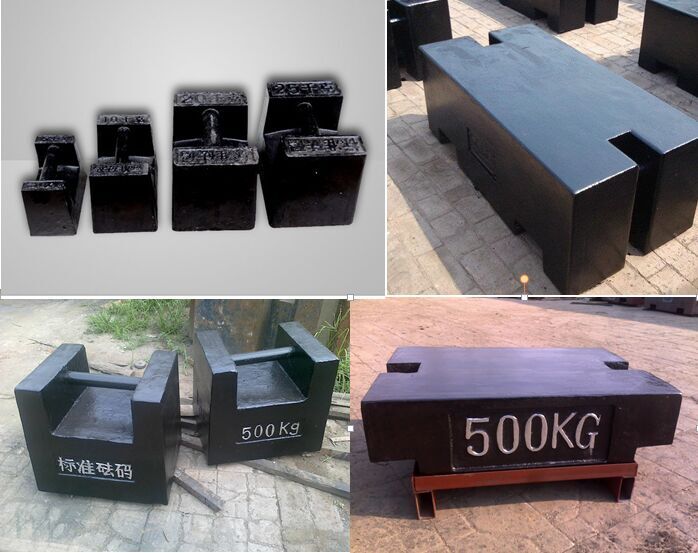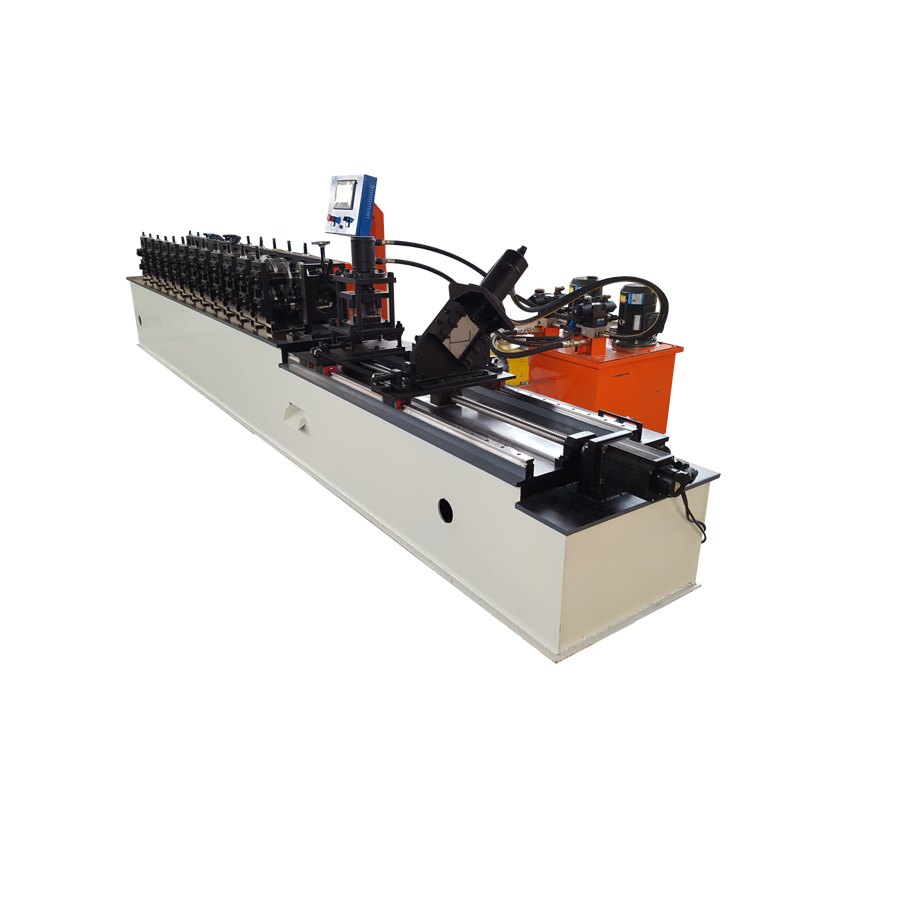Several problems of standard weight measurement verification The weight is a manifestation of the unit of mass. It has a definite quality. It is used to measure the quality of objects and calibrates various balances and scales. Therefore, regular calibration is required. First, how to grade the standard weight and determine its various tolerances At present, there are many manufacturers producing weights. Some manufacturers have failed to identify their performance indicators in detail in the product description, or the labels are not standardized, are not uniform, some are given grades, and some do not give grades. For example, some standard weights specify the actual scale division value d, and its calibration index value e is not indicated. This would be misleading to the user as d=e. It is considered that the electronic balance can recognize the smallest value as it is. The exact value that can itself be weighed. For metrological verification personnel, determining the calibration scale graduation value e of the electronic balance is critical because e is the basis for assessing its accuracy level and the maximum allowable error: if the maximum number of parameters in the metrological verification Value errors are not greater than 1d, we determine e = d; if the maximum indication error of each parameter index is less than 10d, we determine e = l0d. Sometimes it depends on the specific circumstances, such as when d:0.2mg, e = 5d; d: 0.5mg, e = 2d. In short, the division of the scale value of the verification scale should be in the following form: lxl0k or 2x10k or 5x10kk is a positive integer, negative integer or zero). We classify cases other than e=d as ≠d, where e=l0d is the most common. The following is a summary of the classification of the electronic balance and its maximum allowable error based on the verification index e. Second, the main content of the standard weight measurement performance test In daily cycle verification and routine product quality inspection, the following items are generally required to be verified: balance sensitivity, verification of differential force, verification of the maximum allowable error (weighing linearity error) at each load point of the balance, and balance reproducibility. Verification; balance of the balance or square error test; balance balance function verification. Table 1 Scale classification and maximum allowable error The author believes that for the standard electronic balance used as a measure of value transmission, the judgement of the error standard should be based on the error criterion of “first checkâ€. 1. Standard weight sensitivity and authentication The sensitivity of an electronic balance generally refers to the index sensitivity, which should be exactly equal to the value of the test division of the corresponding load of the balance. For electronic balances with digital indications and automatic or semi-automatic calibration devices, the sensitivity of the balance can be exempted. When the e-balance verification index e≥lmg, the discriminating power can be determined by the following method: On an electronic balance that is in equilibrium at no load or load, an external load equivalent to 1.4 times the scale value of the digital scale ( 1.4d), gently added to the scale (or removed from it), the original scale indication must be changed. 2. Verification of the maximum allowable error for each load point of the standard weight First warm up the machine, then follow the instruction manual to calibrate the electronic balance (this step is critical), calibration is completed, display zero. Starting from the zero load, it gradually loads up until it is added to the maximum weight of the balance, and then gradually unloads gradually until it reaches zero load. In the verification process, the verification operator selects the load point according to the specific conditions of the balance (this is not explicitly given in the verification protocol), but the following load points must be verified: (1) No load. (2) Full load. (3) Minimum weighing Min (level I balance: 100e; level II balance: 50e; level III balance: 20e; level IV balance: 20e). (4) Those loads that affect the “inflection point†of the error value of the balance, such as the level I balance: 50000e, 200000e; the level II balance: 5000e, 20000e; the level III balance: 500e, 2000e, etc. The error calculation is divided into two cases: When one is e≠d, the calculation formula of the indication error should be E=IL(E: balance indication error, I: scale indication value, L balance scale loading on the disc); One is that when e = d, the calculation formula of the indication error should be E = I - L + (1/2) d - â–³ L (d: the actual scale division value of the electronic balance, AL: on the balance scale The value added to round off the load). In either case, the error for each load point obtained is less than the allowable error specified in the protocol. 3. Standard weight repeatability test Repetitive verification of electronic balances should be carried out under no-load and loading conditions. There are two types of loading: one is full load and the other is half load. In the required verification, the load and no-load balance positions shall be read and recorded separately, and at the same time, the load shall be returned to zero once for each additional load. The difference between the multiple measurements of the same load must not exceed the absolute value of the maximum permissible error of the balance at that load. 4. Electronic balance detection (four-corner error verification) For a standard balance, the test load is equal to the maximum weight of the balance, and the quadrilateral error is equal to the maximum indication minus the minimum indication. For working balances, the test load is equal to one-third of the maximum load of the balance, and the quadrilateral error is equal to the largest of the difference between the indication of each point and the indication of the center point. 5. Inspection of electronic balance balance function For newly purchased electronic balances, check their taring function. Generally, two load points are selected: (1/3) Max, (2/3) Max. The difference between the two results obtained under the same load shall not exceed the absolute value of the maximum allowable error at that load. Standard weight Third, the standard weight in the examination of the need to pay attention to the problem 1. How to select the standard weight The selected standard weight can be a level weight or an equal weight, but its error (quality tolerance for level weights and verification accuracy for equal weights) must not be greater than the weight of the inspected balance under the load. One-third of the maximum allowable error. Second, the standard weight range can cover the maximum weighing range of the electronic balance. 2. Exemption issues for electronic balances (1) When the electronic balance with d ≤ 1mg, the discrimination of the balance can be exempted; (2) When the electronic balance of e≠d, the discrimination of the balance can be exempted; (3) For balances with digital indications and automatic or semi-automatic calibration devices, the sensitivity of the balance may be exempted. 3. Issuing verification certificate should be standardized After the standard weight has been verified, a certificate of verification or notice of verification result should be issued based on the actual verification results. The author believes that the issuance of a certificate is a very serious matter that should bear legal responsibility. The first format must be standardized, and the content must cover all the information of “4.1†elements in “GJB2725-96â€. Calibration (verification) or test results should be accurate and objective. .
The stud machine is special for small size of U purlin, C purlin and so on. The purlin is widely used as the storage rack in the supermaket, the ceiling frame and the door and window frame. The stud machine use non-stop cutting system, so the speed can touch 50m/min. And two different model design can be made in one machine. That kind of design would save the cost of machine, and the space of warehouse. It has the advantage of light weight, neat appearance.Such as metal stud and track Roll Forming Machine.
Stud And Track Furring Roll Forming Machine Stud And Track Furring Roll Forming Machine,Keel Roll Forming Machine,Light Keel Roll Forming Machine,Furring Channel Roll Forming Machine Botou Xianfa Roll Forming Machine Factory , http://www.rollformingmachinecn.com

Stud And Track Furring Roll Forming Machine

Several problems of standard weight measurement verification
